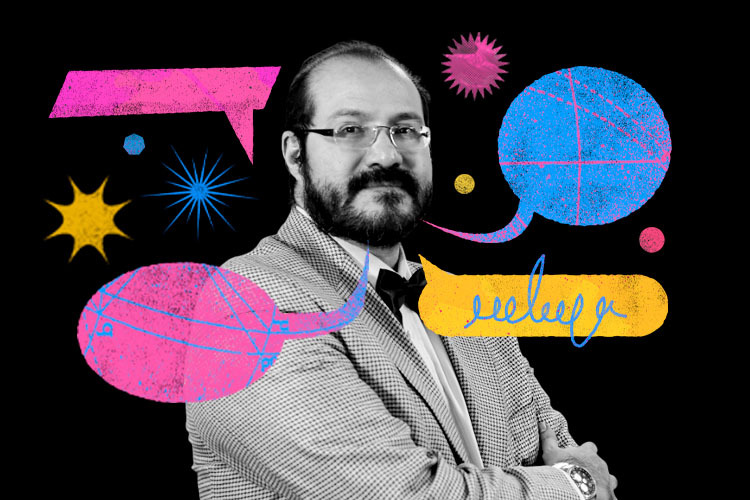


Are you a researcher?
Institute for the Future of Education
Institute of Advanced Materials for Sustainable Manufacturing
Institute for the Future of Education
Center for the Future of Cities
Femsa Biotechnology Center
Water Center for Latin America and the Caribbean
Institutes and research centers
Institute for the Future of Education
Institute of Advanced Materials for Sustainable Manufacturing
Institute for the Future of Education
Center for the Future of Cities
Femsa Biotechnology Center
Water Center for Latin America and the Caribbean
Directories, rankings and summit
Research groups and others
Editorial and publishing guidelines
Transferencia archive
Divulgation Articles
Also
TECSCIENCE, year 1, July 25, 2023, is a daily publication by Instituto Tecnológico y de Estudios Superiores de Monterrey (Monterrey Institute of Technology and Higher Education), whose registered address is at Av. Eugenio Garza Sada No. 2501, Col. Tecnológico de Monterrey, C.P. 64849, Monterrey, Nuevo León, Mexico. Website: https://tecscience.tec.mx/. Editor-in-Chief: Karina Rodríguez. Email: karina.rodriguez@tec.mx. All Rights Reserved to use the title TecScience under Certificate No. 04-2023-011613551100-203 ISSN: 2992-7668, both issued by Instituto Nacional de Derecho de Autor (National Institute of Copyright). Editor Responsible for the last update of this site: Karina Rodríguez Martínez. Address: Av. Eugenio Garza Sada No. 2501, Col. Tecnológico de Monterrey, C.P. 64849, Monterrey, Nuevo León. Last modification date: July 25th, 2023.
The articles published herein represent the personal views of their authors, which are not necessarily the same as those of the Monterrey Institute of Technology and Higher Education.
Full or partial reproduction by any means of the contents of TecScience in any of its formats without written authorization from the Monterrey Institute of Technology and Higher Education is strictly prohibited.